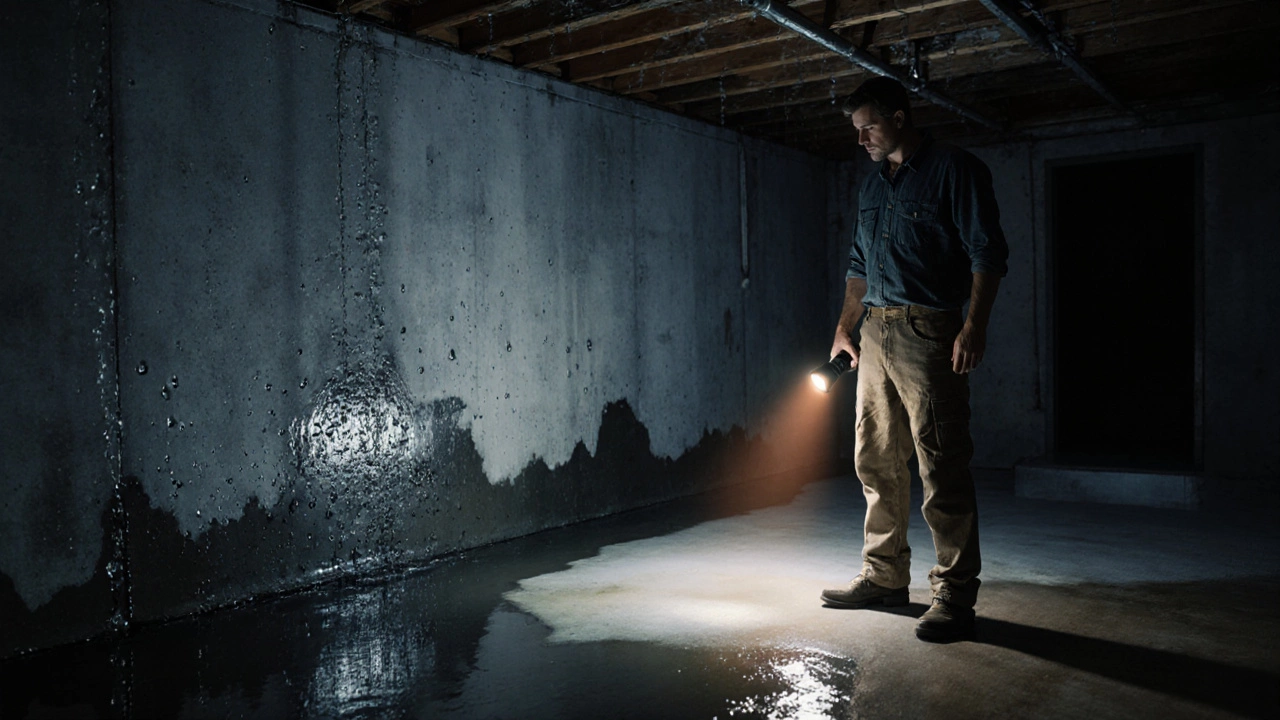Basement Waterproofing: Keep Your Lower Level Dry and Healthy
When dealing with basement waterproofing, the process of stopping water from entering a basement through walls, floor, or cracks. Also known as wet‑basement protection, it helps protect the structure, indoor air quality, and stored belongings from moisture damage.
One of the biggest drivers of water problems is foundation problems, issues like cracks or settled footings that allow groundwater to seep in. When the foundation shifts, gaps open and water follows. That’s why a solid foundation repair plan often comes before any waterproofing work. Addressing these cracks early reduces the load on waterproofing systems and extends the life of the basement.
Another key piece is drainage systems, the network of interior and exterior pipes, French drains, and sump pumps that redirect water away from the home. Effective drainage enables waterproofing by lowering the water table around the structure. Without proper drainage, even the best sealants will fail because pressure keeps pushing water through tiny openings.
The presence of moisture also creates a breeding ground for mold prevention, strategies that keep indoor humidity low and eliminate fungal growth. Mold can cause health issues and damage finishes, so integrating ventilation, dehumidifiers, and mold‑resistant coatings is essential. In many cases, mold detection drives the decision to add waterproofing or upgrade existing systems.
How These Elements Work Together
Think of the whole process as a chain: basement waterproofing requires a stable foundation, relies on efficient drainage, and supports mold prevention. If any link in the chain is weak, the others suffer. For example, a cracked foundation may allow water to bypass the drainage, leading to persistent damp spots that trigger mold. Conversely, a well‑designed drainage system can lessen the load on waterproof membranes, making them more reliable.
Choosing the right general contractor, the professional who coordinates all trades, inspections, and permits is also vital. A skilled contractor understands how to diagnose foundation issues, install drainage, apply waterproofing membranes, and verify that mold‑resistant measures are in place. Their oversight ensures that each step follows building codes and industry best practices.
From our collection of articles below, you’ll see practical advice on spotting early signs of water intrusion, comparing waterproofing products, budgeting for basement remodels, and navigating the legal side of moisture‑related claims. Whether you’re a homeowner considering a DIY sealant or planning a full‑scale renovation, the guide set offers insights that match every skill level.
Ready to dive deeper? Below you’ll find a curated list of resources that break down the technical details, share real‑world case studies, and help you plan a dry, healthy basement that adds value to your home.
Stop Interior Foundation Leaks: Proven Repair Methods & DIY Guide
- Gavin Whitaker
- |
- |
- 0
Learn practical ways to stop interior foundation leaks-diagnose the cause, install sump pumps, French drains, crack injection, and improve drainage with clear step‑by‑step guidance.
View more